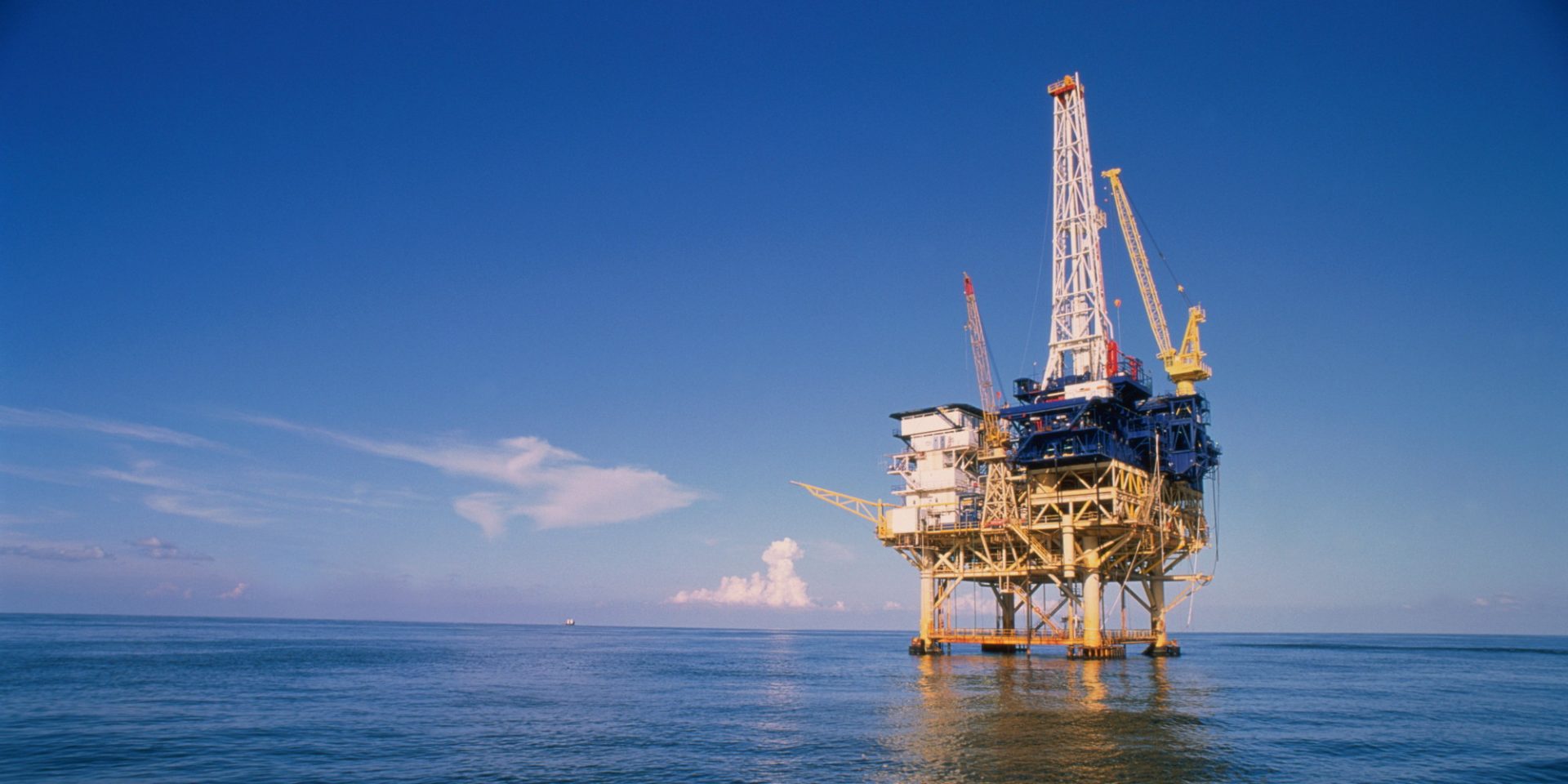The Gulf of Mexico and the Caribbean Sea have become a garage for deepwater drillships — at a cost of about $70,000 a day each. It’s either that or send your precious rig to a scrapyard.
The dilemma underscores how an offshore industry that geared up for an oil boom is grappling with a bust. Rig owners are putting equipment aside at unprecedented numbers as customers including ConocoPhillips pull back from higher-cost deepwater exploration. That’s helped make Transocean Ltd. and Ensco Plc two of the three worst performers in the Standard & Poor’s 500 Index over the past year.
“Most contractors have never seen an environment like this, where demand is falling as quickly as it is,” David Smith, an analyst at Heikkinen Energy Advisors in Houston, said in a phone interview. “It’s been a big headache, and the problem is that we’re not halfway through.” A growing glut of newly built exploration vessels looked worrisome enough before the oil rout. Now it’s beginning to look disastrous. Shipyards continue to roll out new units to meet orders made during the boom, but the rig providers may not need them anymore. As contracts expire, many producers may not renew them, and some are being canceled.
U.S. benchmark oil ended in a bear market Thursday at $48.45 a barrel on the New York Mercantile Exchange. Front-month prices are down about 21 percent from this year’s highest close on June 10. Transocean is expected to see earnings cut in half this year to $2.28 a share, excluding certain items, according to the average of 35 analyst estimates compiled by Bloomberg. Earnings are projected to tumble to a loss for each of the next two years.
“Most contractors have never seen an environment like this, where demand is falling as quickly as it is”
Pam Easton, a spokeswoman for Transocean, declined to comment on the rig glut, referring to company presentations where the issue was discussed. The company will continue to park vessels when it’s clear they won’t have immediate work, and it has made “significant progress” in lowering the cost of doing this, Esa Ikaheimonen, the company’s chief financial officer at the time, said on a call with investors in May.
The number of idle drillships has more than tripled since the beginning of last year to 31, or about one in every four of such vessels floating around the globe, according to data in a Bloomberg Intelligence report. That’s the most since at least July 2008, the data show. About a third of those unused ships are in the Gulf of Mexico and the Caribbean. The numbers for idle deepwater platforms known as semi-submersibles aren’t reassuring either. Of the 190 around the world, 46 are idle, up from 39 in early 2014.
Deliveries of more than 60 new rigs booked through the end of 2018 will only worsen the outlook as crude oil trades at less than half its value in mid-2014, with no signs of a major recovery.
About 50 deepwater rig contracts are due to expire this year, according to Bloomberg data. If a rig can’t get immediate work from a new deal, the owner must decide whether to idle the vessel or scrap it. “Many offshore drillers have failed to confront the rig market’s growing imbalance in a meaningful way,” Bloomberg Intelligence analysts William Foiles and Andrew Cosgrove wrote in a July 22 report. “Drillers may have to make tough decisions to survive.”
Few new contracts are being signed and even existing rig leases are in question. ConocoPhillips said July 16 it will cancel a three-year contract with Ensco for a drillship that would have cost about $550,000 a day to work in the Gulf of Mexico. The producer will still have to pay Ensco a penalty that amounts to two years of day rates, or about $400 million, Ensco said.
The contractual penalties help offset the revenue loss. But they don’t change the fact that an idle rig is a big overhead.
Pacific Drilling SA, which has contracts for five of its seven drillships, expects to cut those costs by about half to $40,000 a day by reducing personnel expenses and maintenance costs, the Houston-based company said in slides filed with the U.S. Securities & Exchange Commission. Yet if there’s no sign of new work on the horizon, paying to keep rigs around might just be too much.
As recently as last year, Transocean’s Deepwater Expedition, a ship that was capable of drilling in waters as deep as 8,500 feet (2,600 meters), was being leased for $650,000 a day, one of the highest day rates ever signed.
Source: Bloomberg












